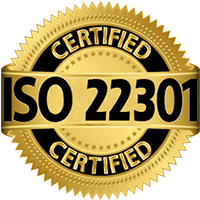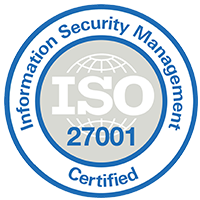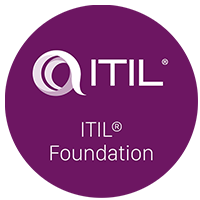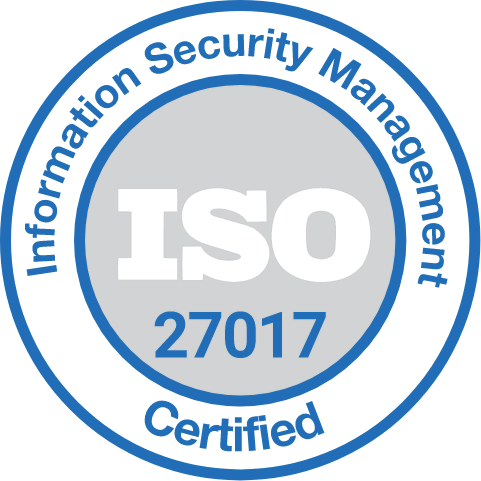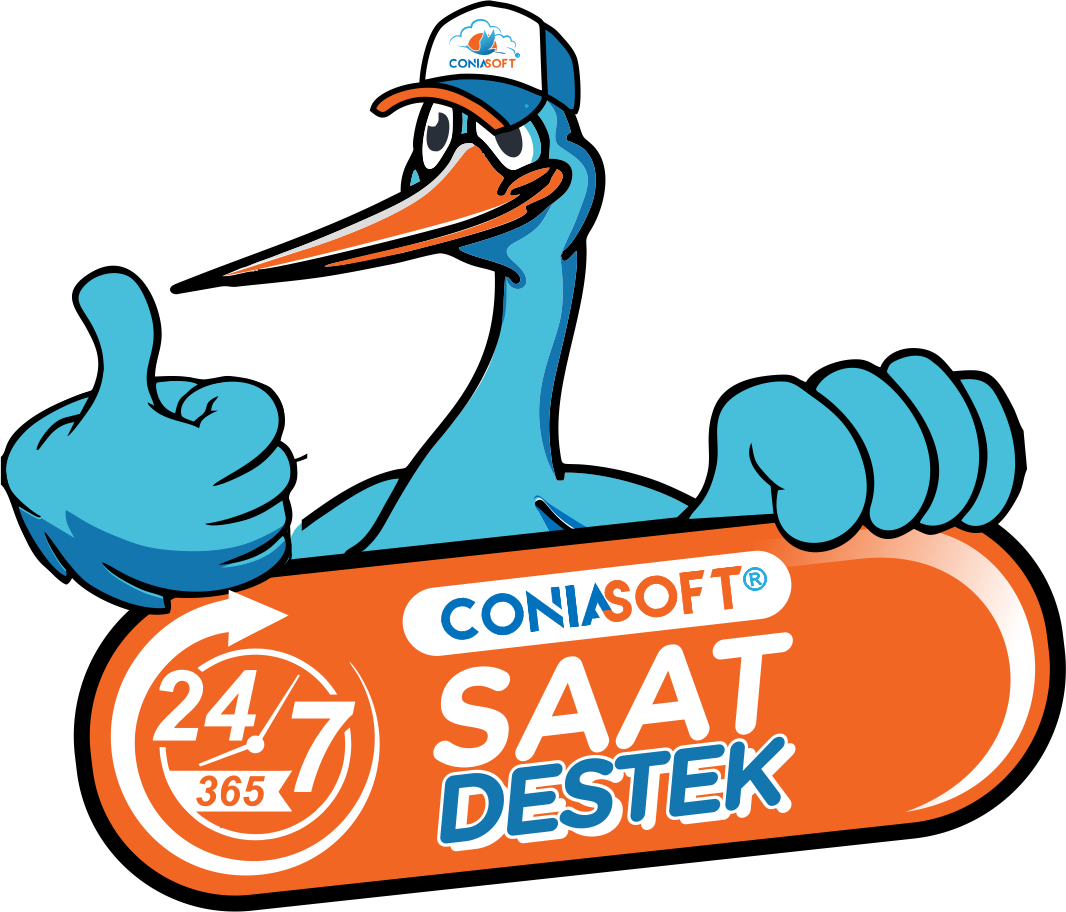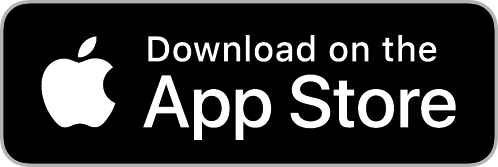Businesses increasingly rely on software suites to organise data, expedite business operations, and increase productivity. Microsoft Office’s software was already used by 83% of companies in 2017 to complete daily chores, including handling email, preparing reports, creating spreadsheets, and delivering slideshows. Since then, additional software packages such as G Suite have gained popularity, with over five million paid users. The question “What is a software suite?” might be on some peoples’ minds even though many people interact with suites frequently.
What Exactly Is a Software Suite?
A software suite is a grouping of programs and apps that have a familiar user interface and work together. The same company frequently controls them. Software suites, also known as application suites, differ from standalone applications in that they are collections of apps that work together to give the user a comprehensive experience. Users of software suites frequently get access to all of the suite’s apps through a desktop app or a web portal. For instance, the Adobe Creative Suite includes the photo-editing program Adobe Photoshop. The suite’s subscribers may have access to programs like InDesign or Illustrator. Currently, some of the most popular suites are designed with productivity in mind. Many people also use cloud computing to save their data and papers.
With the aid of considering various business inputs, business productivity can be boosted.
- The achievement of the corporate objectives and labour hours, and employee progress are measured.
- Costs associated with buildings and electricity are non-labour expenses.
- Materials used as raw materials in the manufacture of goods or services.
- Peer evaluation, feedback, and customer happiness are indicators of a product’s quality or level of service.
- The time it takes to finish a series of tasks, from bringing in the raw materials to delivering the goods or services to the customer, is included in task completion and time management.
- Income or profits made.
- The time spent producing a good or service is called good production time.
The use of productivity-enhancing software has many advantages. Here are a few benefits of productivity software:
- Efficiency is increased: The automation of tasks results in greater efficiency. There are pre-made templates, some of which come with extra tools. The speed of processes is also increased by productivity software.
- Increases accuracy: Automating features helps to cut down on mistakes. Data entry and other sporadic chores benefit from productivity software.
- Increases operational flexibility: Since productivity software allows you to change data, you can optimise the task to meet your needs and spend less time on it, which reduces the time lag.
- Increases staff collaboration: Some actions carried out by productivity apps make collaboration simple. Spreadsheets and papers are available for cooperation between team members. The relationship is also strengthened, and the intended outcome is produced by collaboration and communication tools.
There are numerous productivity solutions on the market. They can be purchased separately or as a package. The following are some well-known instances of productivity apps that businesses use regularly:
- Google Sheets, Google Docs, Google Forms, and Google Slides are all part of the Google Workspace package.
- Foresight is a well-liked productivity solution that assists with Google Workspace automation without scripting. It facilitates the execution of numerous bulk activities and enables IT administrators or users to multitask tasks in Google Workspace.
- Other well-liked software bundles for productivity include Apache OpenOffice and Apple iWork.
- Microsoft Office is a well-known collection of productive apps.
Workspace for Google for Business
Google Workspace is a collection of productivity apps with secure collaboration features and other productivity tools for organisations of all sizes. The services include Google Drive, Gmail, Docs, Spreadsheets, Meet, Jamboard, Groups, and other productivity tools. It offers customers several commercial-grade services. Custom corporate email, round-the-clock phone and email assistance, extra security features like single sign-on (SSO), two-step authentication, and administrative management over user accounts are all included in the services.
The apps from Google Workspace run on a variety of gadgets. Unlike the standard desktop app, you can access them without installing software. Documents, spreadsheets, slideshows, and folders are all created by it. You can work on these things collaboratively with your teammates and keep them in Google Drive. These applications are integrated and operate seamlessly together. You could turn a Gmail communication into a Calendar event. As a result, it’s a well-known corporate efficiency tool that significantly increases your company’s value. Learn more from this. However, having the same functionality as Google Workspace becomes a massive benefit for third-party products like Foresight. It also includes some additional features. So, third-party software like Foresight may be used to customise and automate processes fully.
Having Foresight and using advanced software to boost productivity
Foresight is a web application created specifically for administrators of Google Workspace. It enables users without coding experience to create automation in Google Workspace for businesses. This can be accomplished by using Foresight to select a variety of triggers and actions. What can you achieve using Foresight?
- Easily create automation rules without writing any code. As a result, you don’t require any prior coding skills.
- With multiple Google Workspace products, create various automation workflows. For instance, how to bulk update Google Group settings, bulk deletes user email aliases from Google Workspace, and bulk force password changes for users in Google Workspace.
If you’re transferring software suites or selecting one for the first time, keep the following things in mind:
- Cost: How frequently and for how many people are you willing to make payments?
- Functionality: What critical tasks can a suite assist you with? Will you use it for audio or visual chores and standard office tasks like document creation?
- Necessity: Do you need every application in a suite or only a couple?Information: Would you instead share and save data through a cloud service or another method?
- Adoption: What is the rate at which your business will adopt the suite? For any of the applications they’ll need to use, will they require training?
Productivity and technology are related. Owners of businesses that can comprehend and utilise the most recent technologies can do wonders to keep their businesses relevant in the ever-evolving markets. Your company models will continue to operate and generate income if you quickly and wisely adopt technology changes. Therefore, to make your colleagues your new productive heroes, organise brainstorming sessions, discuss the technological requirements, and implement the appropriate hardware and software in your company.

